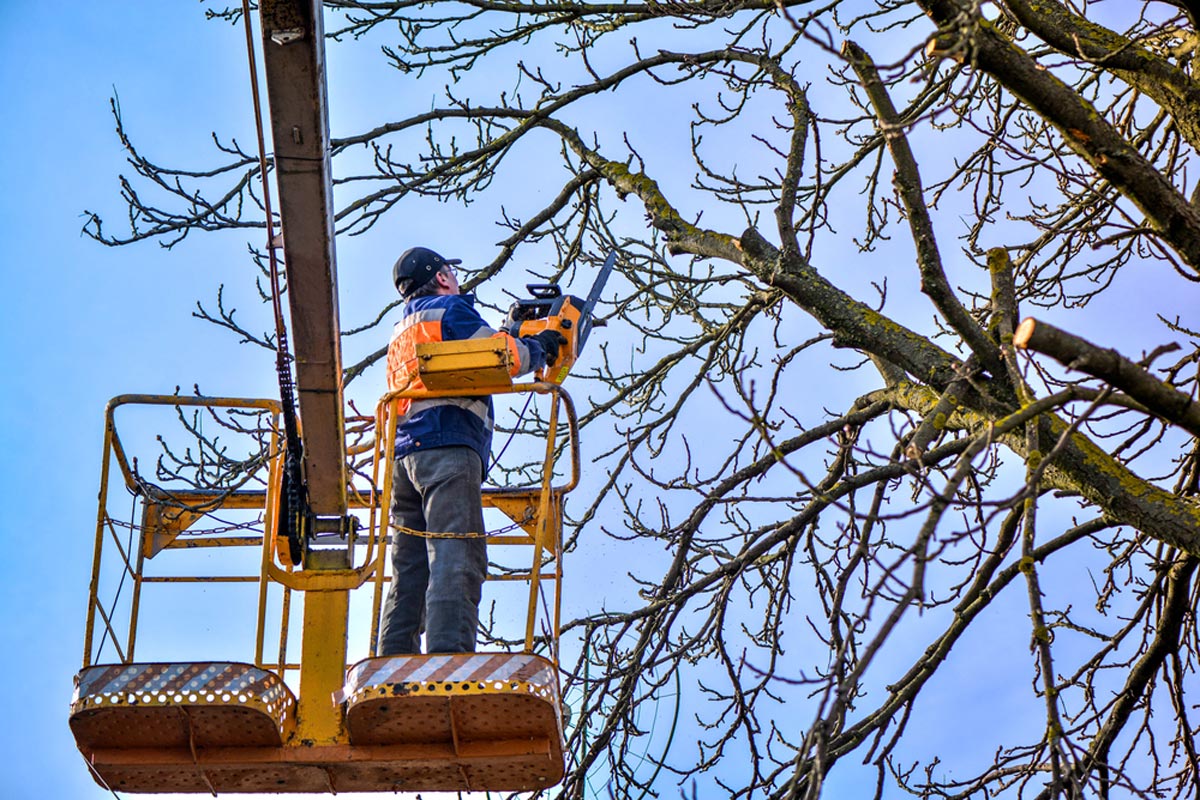Introduction
If stump removal you've ever found yourself staring at that towering tree in your backyard, pondering whether it’s time for it to go, you're not alone. Trees can enhance the beauty of our properties, provide shade, and support wildlife. However, there are times when removal becomes necessary due to safety concerns, disease, or simply a need for more space. But before you grab your chainsaw and start cutting, there's often a crucial step: obtaining a tree removal permit. In this comprehensive guide titled The Process of Obtaining a Tree Removal Permit: A Step-by-Step Guide, we’ll delve into the intricacies of securing that all-important permit while covering related topics and frequently asked questions.
Understanding Tree Removal Permits
What is a Tree Removal Permit?
A tree removal permit is an official authorization granted by local government authorities that allows homeowners or property owners to remove trees from their premises. Depending on your locality, these permits may be required for various reasons including:
- Environmental protection Urban planning considerations Safety concerns
Why Do You Need a Tree Removal Permit?
Safety First: One of the primary reasons homeowners need a permit is safety. Dead or diseased trees pose a risk to people and property. Securing a permit ensures that professionals evaluate the situation.
Legal Compliance: In many jurisdictions, removing certain types of trees without permission can lead to fines or legal repercussions.
Types of Trees That May Require Permits
Certain species are protected under local laws due to their ecological importance or rarity. Familiarizing yourself with these regulations will help you understand if your tree requires a permit.
The Process of Obtaining a Tree Removal Permit: A Step-by-Step Guide
Step 1: Research Local Regulations
Before starting the application process for your tree removal permit, it's essential to understand your local regulations regarding tree removal.
Where Can You Find This Information?
- Check your city or municipality's website. Visit local environmental agencies. Consult with neighbors who have gone through the process.
Step 2: Assess Your Tree's Condition
Conduct an evaluation of the tree you intend to remove.
What Should You Look For?
- Signs of disease or decay Structural weaknesses Proximity to power lines or structures
Step 3: Gather Required Documentation
Most jurisdictions require specific documentation when applying for a tree removal permit.
What Documents Are Typically Needed?
- The completed application form Photographs of the tree(s) A description explaining why removal is necessary
Step 4: Submit Your Application
Once you've gathered all necessary documents, it’s time to submit your permit application.

Where Do You Submit It?
Applications usually go through:
- Your city’s zoning office Local forestry department
Step 5: Pay Any Associated Fees
Many municipalities charge fees for processing tree removal permits.
How Much Does It Cost?
Costs can vary widely; some areas might charge as little as $20 while others could demand upwards of $200 or more depending on the type and size of the tree being removed.
Step 6: Await Approval and Inspection
After submitting your application, officials may conduct an inspection before granting approval.
What Happens During an Inspection?
Inspectors assess:
- The health of the tree Potential impacts on surrounding areas
Step 7: Plan for Tree Removal
Once you receive approval, it’s time to plan how you'll manage the actual removal process.
Do You Need Professional Help?
In most cases, hiring certified arborists or professional tree services is advisable for safe and efficient removal.
Costs Associated with Tree Removal Permits and Services
How Much Does Tree Removal Cost?
Tree removal costs can fluctuate depending on several factors such as:
Size and type of tree Location (i.e., proximity to buildings) AccessibilityOn average, homeowners can expect costs ranging from $200 to $2,000 depending on these variables.
How Much Is Tree Removal Insurance?
If you're hiring professionals for tree removal services, it’s crucial they have insurance coverage. Insurance protects both parties in case something goes wrong during the job. Expect costs around $50-$100 annually depending on coverage levels and service providers.
Additional Aspects of Tree Removal Services
What is Emergency Tree Removal?
Emergency tree removal becomes necessary after events like storms where trees may pose immediate hazards. Costs can be higher due to urgent response requirements.
What is Tree Pruning?
Tree pruning involves selectively removing branches from a tree while keeping its overall health intact—an important aspect in maintaining not just aesthetics but also safety.

FAQs About Obtaining a Tree Removal Permit
1. How long does it take to get a tree removal permit approved?
Approval timelines vary by location but typically range from one week to several months based on local regulations and application volume.
2. Can I remove my own trees without a permit if they’re small?
It depends on local laws; some jurisdictions allow small trees (generally those under 6 inches in diameter) to be removed without formal permits.
3. What happens if I cut down a protected tree without permission?
You could face hefty fines or legal action from city authorities for unauthorized removals.
4. Who removes trees for free in emergencies?
Some community organizations may offer assistance during emergencies; contacting local nonprofits could yield options.
5. How much does fallen tree removal cost?
Removal costs depend on the extent of damage but generally range from $75 up to $1,500 based on size and location.
Conclusion
Navigating through the maze of obtaining proper permits before removing trees can seem daunting at first glance; however, understanding each step simplifies this process significantly. From researching local regulations all the way through ensuring you hire qualified professionals—knowledge truly is power here! Remember that even though you may feel tempted just to take matters into your own hands—at least get familiar with what’s legally required first! We hope this guide has been helpful in demystifying the complexities involved in obtaining permits while arming you with valuable insights into what lies ahead once those pesky trees finally come down!
By following this comprehensive guide titled "The Process of Obtaining a Tree Removal Permit: A Step-by-Step Guide", you'll be well-prepared not only legally but also practically! Happy chopping (the right way)!